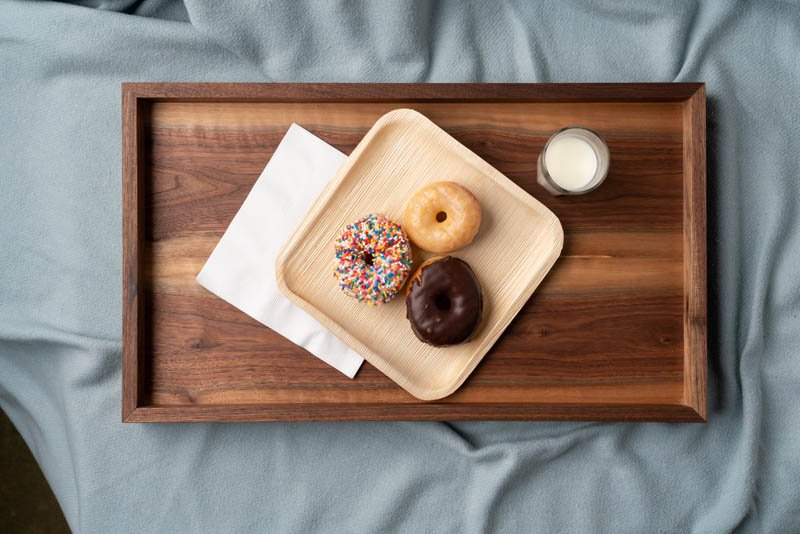Shou Sugi Ban: History and Process
If you know about Shou sugi ban, then you know how beautiful and popular this method of preserving wood is in the world of design and architecture. In this piece, we explore a little bit about the history, process, and how we do it with an Alabama Sawyer twist. But if you don’t know:
What is Shou Sugi Ban?

During the 18th century in Japan, they got quite a lot of rain, being a Pacific island nation. Presumably, they still do, but back in those days the rain and humidity could quite easily cause wood to rot and mold, so they came up with a solution.
What they did was harness the power of fire and charcoal to preserve the wood and make it weatherproof. This technique has been around for centuries and was originally used on architectural elements that sat in the weather. You know—siding, roofing, and the like.
Lately, the technique has been gaining popularity, but not from the siding or roofing industries, but rather as an artistic design motif used in furniture and interior design. Frankly, it’s all the rage, right now. So, how is it done?

How is Shou Sugi Ban Performed?
It begins with carefully selecting the correct wood. Cedar was and still is a wood of choice in both siding and roofing because it has naturally enduring qualities. This is the kind of wood that was traditionally used and is still the species of choice for shou sugi ban to this day. You don't have to use cedar however, shou sugi ban can be performed with basswood, pine, hemlock, maple, and even oak.
We prefer one of these species in particular, which we’ll explain below.
Once the right material is selected it is burned until the point of splitting, and then the excess charcoal is wire-brushed off. Once it is brushed and cleaned it is oiled and it brings the features out in an amazing and unique way.
The remaining wood is beautifully charred, with a negative light effect where the features reflect white light instead of casting shadows. It is certainly beautiful. You can find lots of content online that shows you how to do it yourself, but we’ve been at this for a while here at Alabama Sawyer, and we do it a little bit differently.
How Alabama Sawyer Does it Differently
For us, it starts with the species of wood that we select. We use pine, but not just any pine, of course. We source ours from rejected lumber mill logs. We give those unwanted pine logs a home here in Alabama, the same state they are from. Rather than using oil, we prefer a urethane finish—though we do employ oil as well. It’s a beautiful technique that yields amazing results. We hope you learned something interesting!
Our most popular items, using the shou sugi ban process, are the beam bench and the hyo table.





